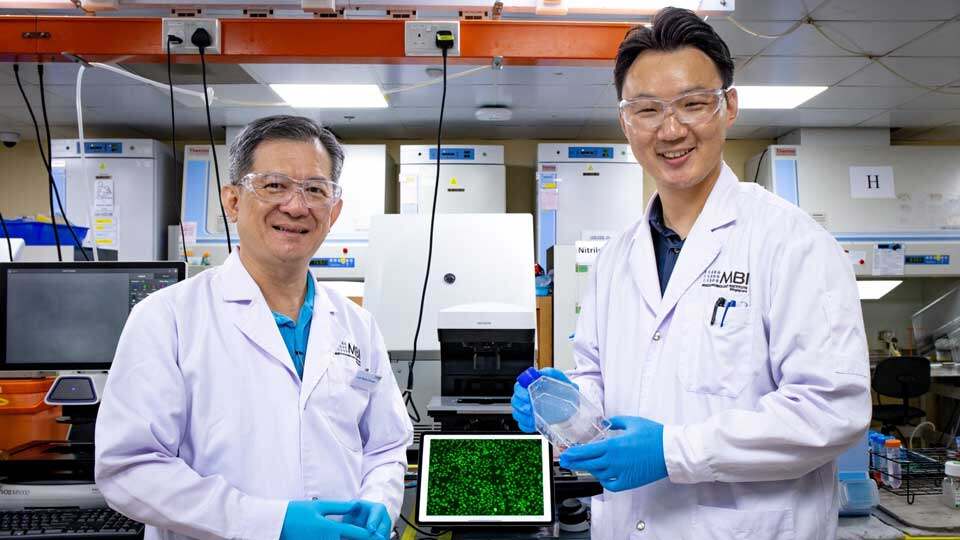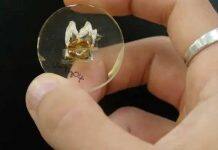Cancer is a leading cause of death worldwide, accounting for approximately one in six deaths, with metastatic cancers making up more than 90 per cent of cancer-related deaths. Metastatic cancers occur when cancer cells break away from their original tumour in the body, travel through blood vessels or the lymph system, and attach to other organs or tissues. The process of cancer cells developing the ability to spread to other parts of the body is a point of interest for scientists to discover potential checkpoints for cancer therapies.


A team of researchers from the Mechanobiology Institute at NUS and the Department of Biological Sciences under the NUS Faculty of Science, as well as external collaborators, worked together to gain a deeper appreciation for the cellular activities involved in causing cancer cells to change and move through blood vessels.
The team led by Dr Darren Wong under the guidance of Associate Professor Low Boon Chuan recently published their findings in the journal Molecular Biology of the Cell, published by the American Society for Cell Biology, in its “Forces On and Within Cells” Special Issue.
Metastasis is a composite process with limited treatment options focusing on relieving symptoms instead of targeting the root cause. Through their research, the team discovered how an essential protein, BPGAP1, works in cancer cells to bring together two other proteins, GTPases Rac1, and RhoA, to enable structural changes in cancer cells for them to travel from their original site and attach to another organ or tissue.
The protein, GTPases Rac1, enables cancer cells to develop thin, sheet-like membrane protrusions known as lamellipodia, which help these cells to better sense and grip their surroundings. This enhances the cancer cells’ ability to move. On the other hand, the protein RhoA allows cell movement by making adhesion sites available and generating enough force for cells to move forward.
While the function of these two proteins in promoting cell movement has been established, this new study took a step further to discover that BPGAP1 is responsible for coordinating the interactions between the two proteins that enables cell movement in a timely manner. Using breast cancer cells as a model, the team validated their findings by demonstrating that the components that enables cell movement were impaired when BPGAP1 was deactivated.
Through this study, the researchers discovered a vital role of BPGAP1 in controlling cancer cell movement that leads to cancer metastasis, which presents new opportunities for targeted cancer therapies specifically to prevent cancer cells from spreading to other parts of the body.
“We can use BPGAP1 as both a marker for cancer prognosis and a target for cancer intervention across different cancer types,” said Dr Wong, “We hope that with this breakthrough, we can inspire new approaches for therapeutic designs pertaining to cancer and metastasis.”
Read more here.







































